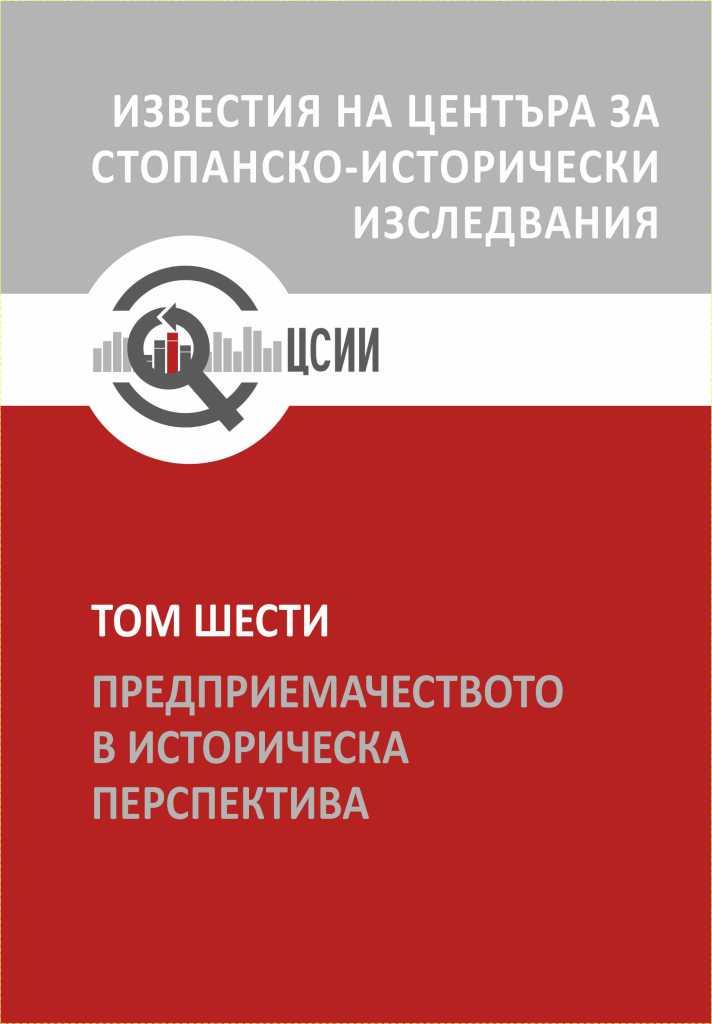Стратегия за развитие на поземлените имоти на Рилския манастир през първата четвърт на XX в.
Strategy for Development of the Land Properties of the Rila Monastery in the First Quarter of the 20th Century
Author(s): Nikolay AtanasovSubject(s): History, Economy, Cultural history, National Economy, Agriculture, Economic history, Pre-WW I & WW I (1900 -1919), Interwar Period (1920 - 1939), Marketing / Advertising
Published by: Център за стопанско-исторически изследвания
Keywords: Rila monastery; monastery properties; monastery forests; concession; church-economic department
Summary/Abstract: In the present study some economic initiatives are reviewed that are developed by the management of Rila monastery in the first quarter of 20th century. The economic development of the monastery after the Liberation of Bulgaria in 1878 can be considered in three main directions. The first is related to granting concessions of the monastery’s lands, from the beginning of the 20th century. The problem with the concession of the monastery lands provokes the St. Synod to ask for its dissolution, which was difficult to be achieved, because of the nature of the association. An important period in the development of the monastic properties started in 1913, when the first proceeds for creating an economic department to the St. Synod were made. The new structure was obliged to monitor the proper exploitation of the monastery forests and especially those of the Rila monastery, in order to help the organization and effective development of the monastic land properties. Importance in this organization is given to the vine, fruit and vegetable growing. A united managing body is created, which should monitor the planned development of the properties; the necessary specialists are invited, who should develop each property. A special fund was created, financed by the revenues from the monastery network. Grouping of the monastery properties is carried out, which are placed under the direct management of the newly formed department and the directions for their development are determined. The next stage is determined by the land policy of the Bulgarian governments during the 1920s, which leads to disbandment of the church-economic department in 1924. The conditions in which the monastery properties are placed demand their rapid structuring into planned properties, which have estimates for a four-year period. The legal provisions give opportunities for planned properties to be developed, but make their external lending almost impossible and hinder their effective development. The Rila monastery properties’ planning gives us the opportunity to see a strategy for an economic development that conforms to the peculiarities of climate, soil and market conditions.
Journal: Известия на Центъра за стопанско-исторически изследвания
- Issue Year: VI/2021
- Issue No: 1
- Page Range: 168-184
- Page Count: 17
- Language: Bulgarian

